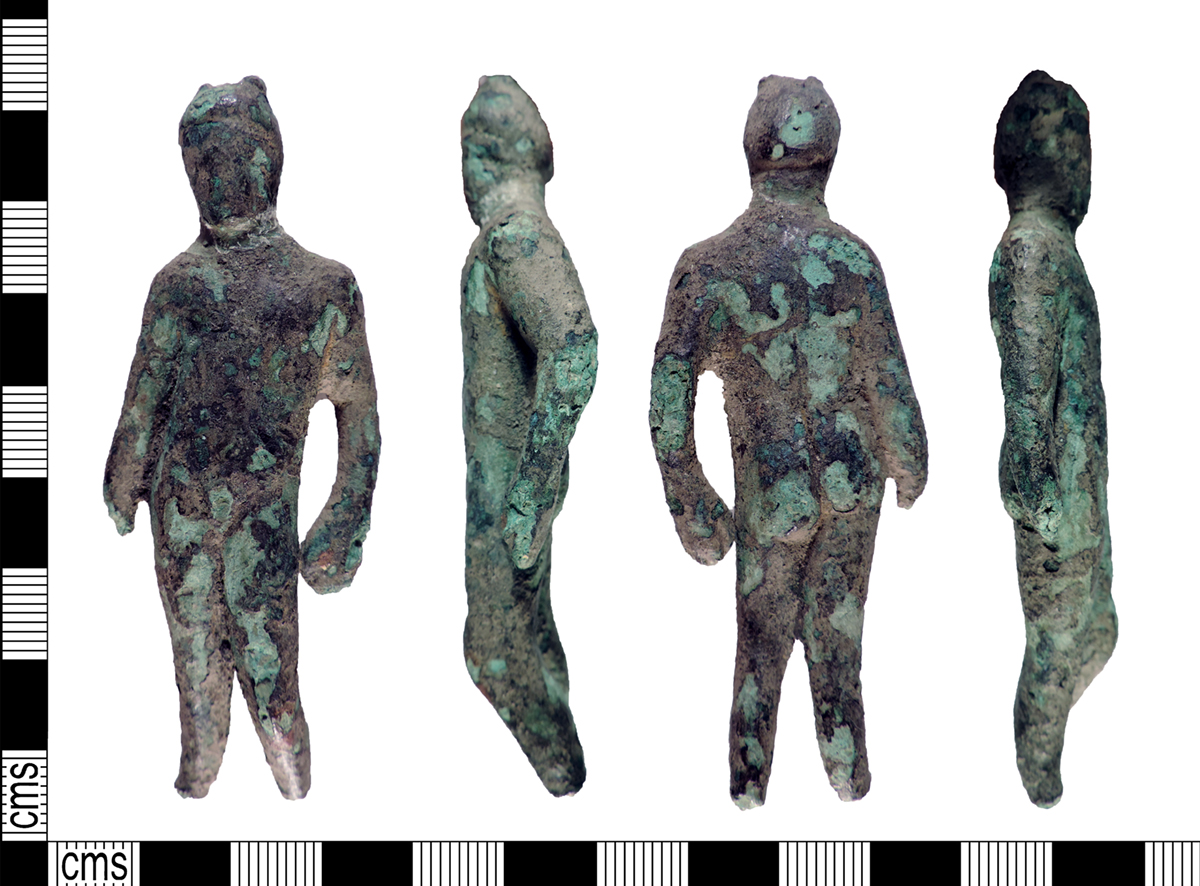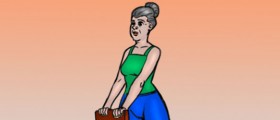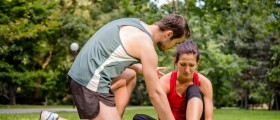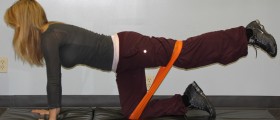
A groin pull is a common injury in athletes, especially in swimmers, soccer and football players and in sprinters. It involves the muscles of the inner thigh and can be quite painful.
What is a groin pull?
A groin pull is a muscle strain that involves adductor muscles. These muscles are located in the inner thigh and there is six of them. They span from the inner pelvis to the inner part of the thigh bone. When one or more of these muscles are stretched too far, the groin pull occurs.
Groin pulls can be mild or severe. Severe groin pulls, when a muscle is completely torn, are relatively rare. In mild or moderate groin pulls, some of the muscle fibers are torn but the muscle as a whole remains intact.
The symptoms of a groin pull depend on its severity. In grade I groin pull, there is only mild discomfort and the mobility is not greatly affected. In grade II groin pull, the discomfort is moderate and it may limit certain activities like jumping or running. There may also be some swelling.
Grade III groin pull is a severe injury with pain, especially when walking. There is usually swelling, bruising and muscle spasms.
How to treat a groin pull?
The treatment for groin pulls depend on the severity of the strain. Mild or grade I pulls will pass on their own as long as the activity is limited and that plenty of rest is allowed. The general rule of thumb is to avoid the activities that aggravate the symptoms of the groin pull.
Light stretches are also recommended, as long as they do not aggravate the pain. Excessive stretching can cause further damage and prolong the healing time.
Application of ice packs is highly recommended, especially during the first 48 hours after the injury. Ice stimulates the blood flow to the injured area and soothes the inflammation.
If there are no serious limitations in physical activity, heat packs or compresses are recommended prior to the activity like exercise or stretching, in order to warm the muscle up and prepare it. Ice packs should be applied after the activity.
The pain can be managed with analgesics of the non-steroidal anti-inflammatory group, like ibuprofen or Aleve.
In order to speed up the recovery, especially after grade III groin pulls, it can be helpful to visit a physical therapist. There are exercises that can be very effective in the treatment of groin pulls and other types of muscle strains.
Finally, it is important to remember that all muscle strains, including groin pulls, can be prevented by stretching and preparing the muscles before exercising.

















Your thoughts on this
Loading...